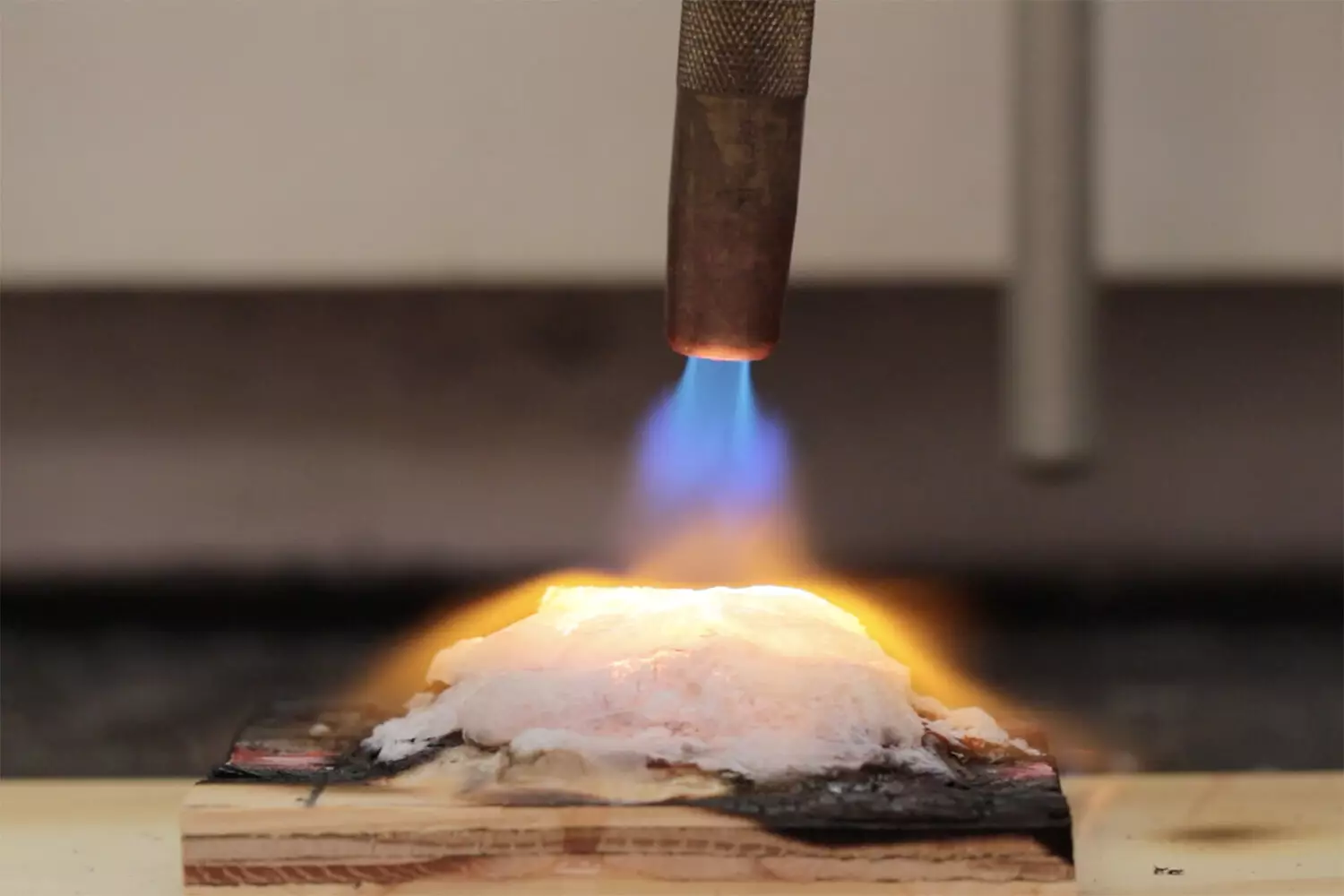Climate change has dramatically transformed our environment, leading to unrelenting, intensifying wildfire seasons. The relentless rise in temperatures, combined with prolonged droughts, has turned what once were occasional calamities into catastrophic events that threaten ecosystems, economies, and human lives. As dry conditions persist for longer periods each year, fires spread more rapidly, burn larger areas, and devastate communities with alarming frequency. Traditional firefighting methods, relying heavily on aerial water drops and ground suppression, are increasingly inadequate in the face of such overwhelming blazes.
This dire situation compels us to rethink our protective strategies. We need proactive solutions—methods that not only respond to fires but prevent their spread, especially around vulnerable structures and critical infrastructure. Technological innovation is paramount, and recent advances signal a potential game-changer in wildfire defense: smart, water-efficient gels that transform under fire conditions to provide long-lasting, insulative protection.
From Simple Absorbents to Fire-Resistant Shields: A Paradigm Shift in Wildfire Mitigation
For decades, water-enhancing gels have been used to bolster fire retardants and create temporary barriers. Composed primarily of super-absorbent polymers, these gels swell into a gelatinous consistency when mixed with water, coating surfaces and slowing down ignition. Nonetheless, their effectiveness is often short-lived; heat and dryness quickly dry out the gels, leaving structures unprotected in critical moments. The limitation has long been their short lifespan—typically less than an hour—making them less reliable in prolonged fire scenarios.
Enter the innovative work conducted by researchers at Stanford, which introduces a profound leap in gel technology. Their newly-developed formulations outshine previous products by maintaining their protective qualities far beyond the current standard. The core breakthrough lies in the gel’s ability to undergo a transformation triggered by heat—morphing from a swollen hydrogel to a robust aerogel insulator. This transformation occurs precisely when it’s needed most, during a wildfire, creating a resilient barrier that inhibits heat transfer and shields underlying materials from ignition.
What makes this development revolutionary is not merely the thermal resistance but its scalability and safety. Designed with environmentally friendly, non-toxic components, these gels can be applied conveniently to buildings, vegetation, and infrastructure well before a fire begins. Importantly, they are capable of being washed away after the threats have subsided, ensuring environmental and logistical practicality.
Innovative Science Underpinning Long-Lasting Protection
At the heart of this novel gel is a blend of cellulose-based polymers combined with silica particles—an elegant pairing that promotes a seamless transition from soft hydrogel to a sturdy aerogel when exposed to heat. Under wildfire conditions, the water component of the gel evaporates rapidly; however, this process leaves behind silica particles. These particles coalesce into a foam-like structure known as an aerogel—a material renowned for its outstanding thermal insulation properties and extremely low density.
This silica aerogel acts as an active barrier, scattering and absorbing heat before it reaches the protected structure. Because of this mechanism, the gel’s protective effect lasts significantly longer than traditional formulations. In controlled lab tests mimicking high-temperature flames, the new gel maintained its integrity for more than seven minutes—far surpassing the sub-two-minute protection offered by commercial gels. Such longevity could prove invaluable in real-world scenarios where fires can endure for hours, providing critical extra minutes to evacuate or intensify firefighting efforts.
Critically, these gels are compatible with existing spraying equipment and manufacturing processes, making widespread deployment feasible. Their environmentally friendly breakdown—being biodegradable and microbe-friendly—addresses one of the core concerns about fire retardant chemicals, making them a sustainable solution that aligns with ecological priorities.
Implications for Future Wildfire Management and Personal Safety
The potential applications of these intelligent gels extend beyond protecting individual buildings. Imagine entire neighborhoods treated preemptively, with surfaces coated in a long-lasting fire shield that activates during a blaze, significantly reducing property loss. Utility infrastructure—power lines, pipelines, communication towers—could be wrapped with these gels to prevent widespread outages and failures during fires.
Moreover, the materials’ scalability could transform firefighting strategies on a larger scale. Rather than solely relying on traditional suppression methods, authorities could adopt a more preventative approach—deploying these gels to create fire-resistant zones, especially around vulnerable communities and ecological hotspots. This strategy could buy crucial time, limiting fire spread and severity before it becomes uncontrollable.
From a personal safety perspective, these gels could serve as a protective layer for firefighters and first responders. Sprayed onto gear or structures, they provide an additional barrier against intense heat, allowing rescue operations to proceed with reduced risk.
Yet, despite the promising science, skepticism is warranted. The transition from lab to field is complex. Factors such as weather variability, application logistics, and post-fire cleanup need to be addressed before widespread adoption. While the research demonstrates excellent potential, real-world efficacy will depend on thorough field trials and iterative improvements.
Innovations such as these intelligent, heat-transforming gels highlight the urgent necessity for groundbreaking solutions in wildfire management. They embody a shift from passive reaction to proactive defense—an evolution critical in an era where climate change makes fires more destructive and unpredictable. By harnessing advanced materials science, we inch closer to a future where homes, infrastructure, and communities are not just fire-prone but fire-resistant.
While obstacles remain, the promise of a versatile, environmentally conscious fire shield offers hope. It signifies a strategic evolution—one that could fundamentally change how societies coexist with the increasing threat of wildfire. As research progresses and deployment scales, we must advocate for these innovations to become an integral part of our wildfire resilience toolkit, transforming despair into a proactive stance against nature’s fiercest forces.

